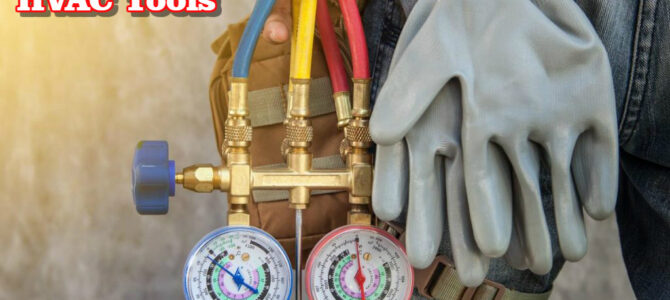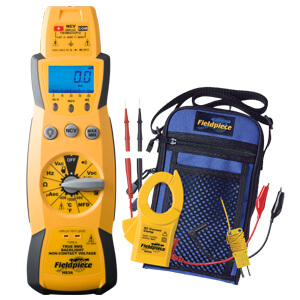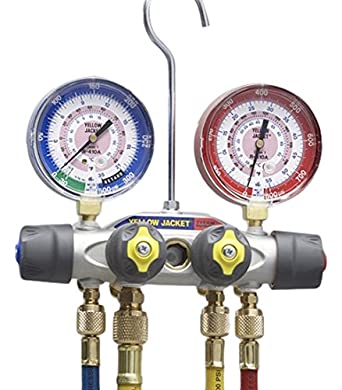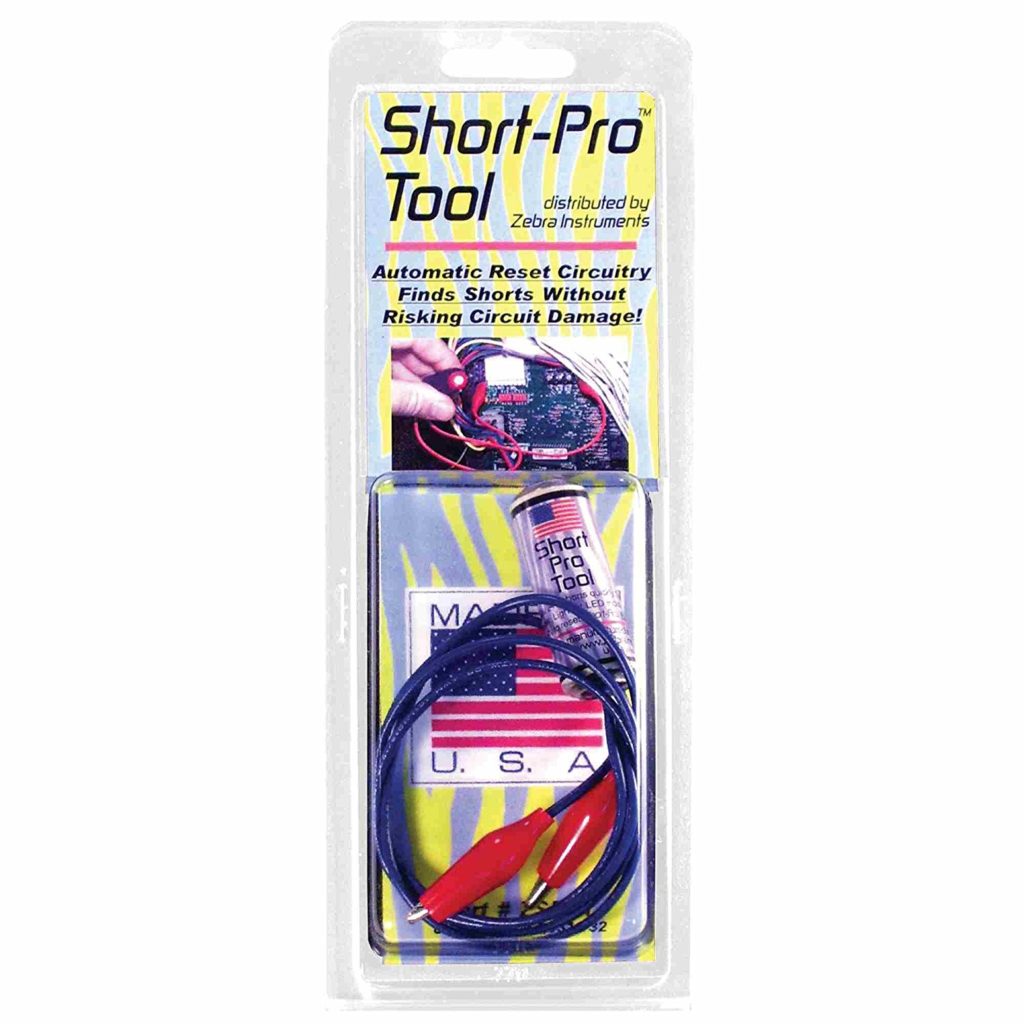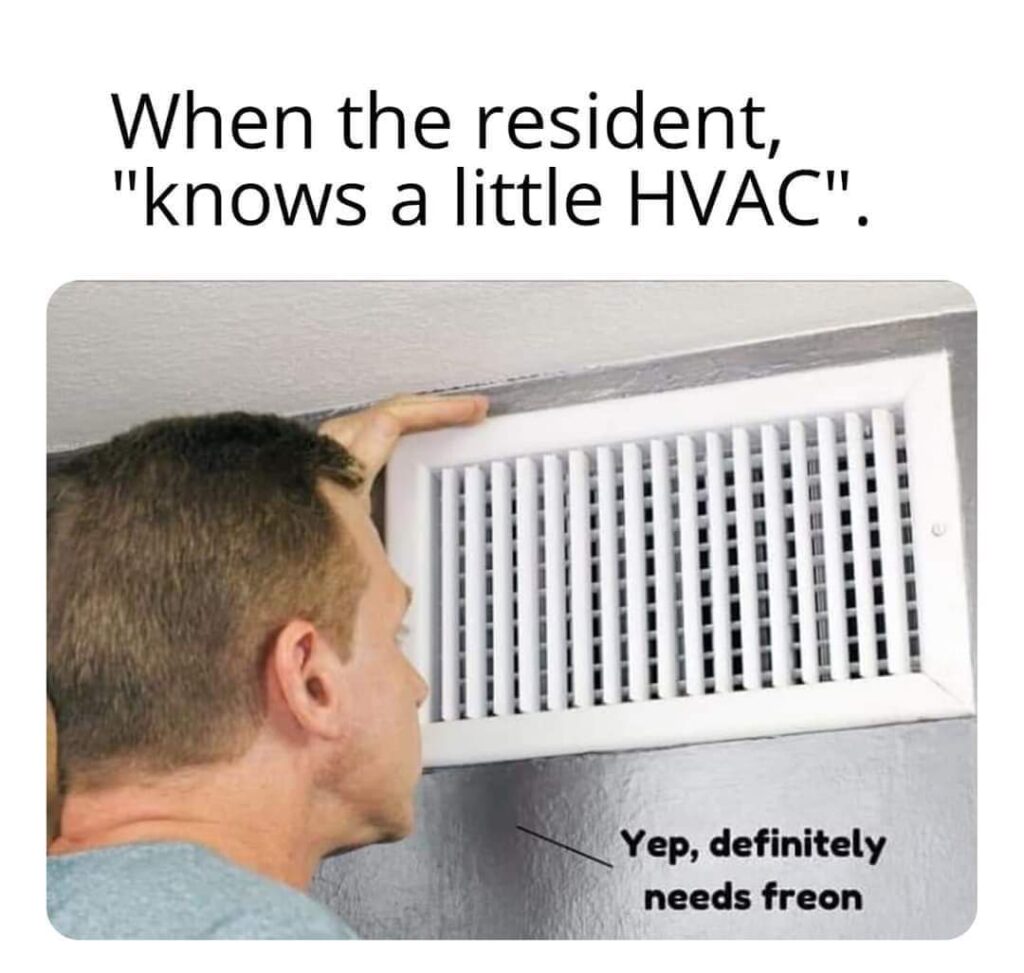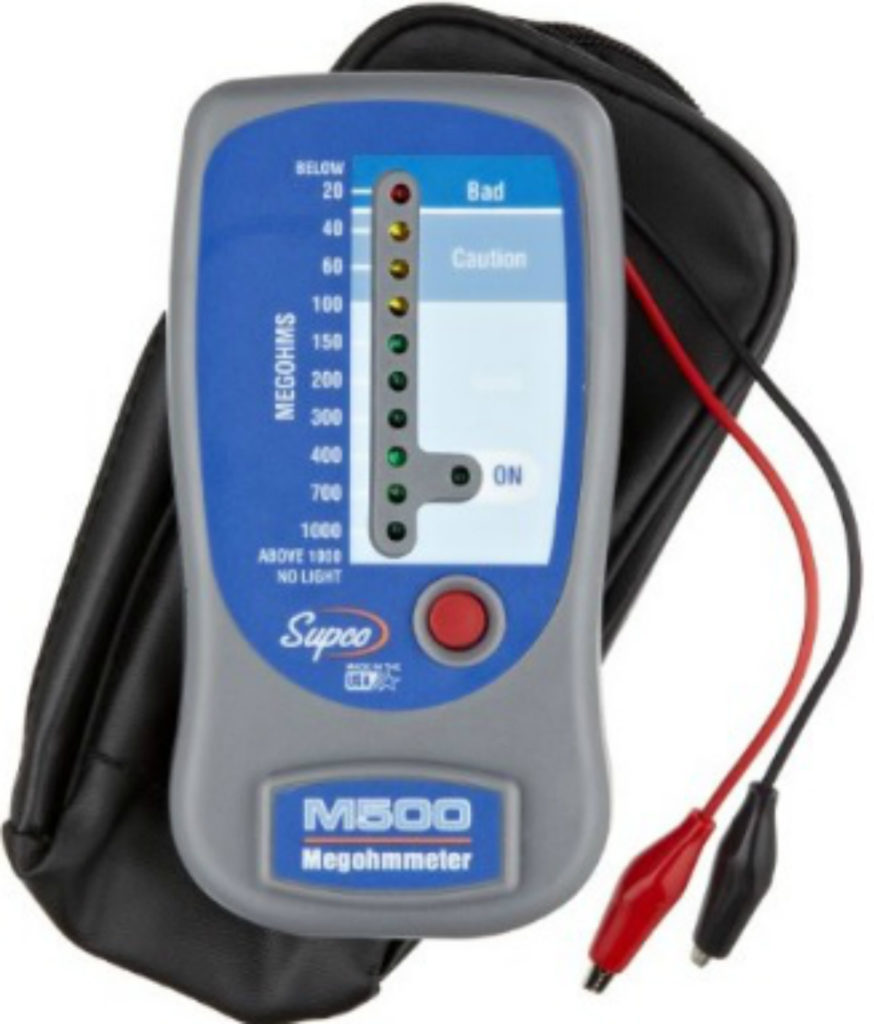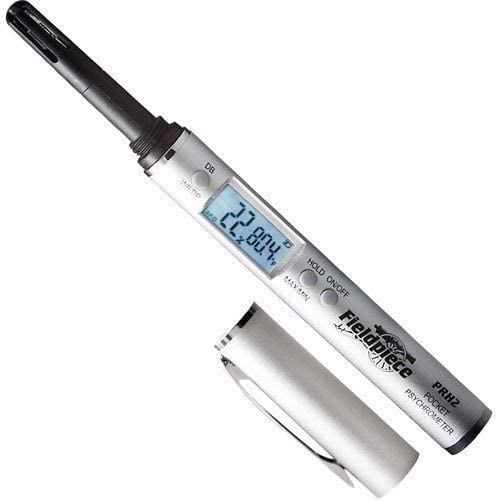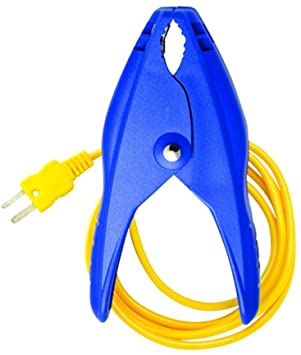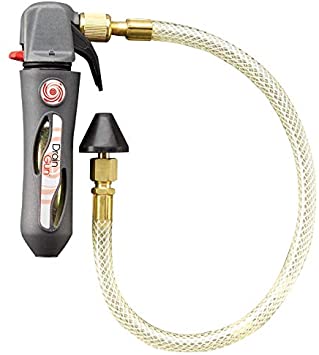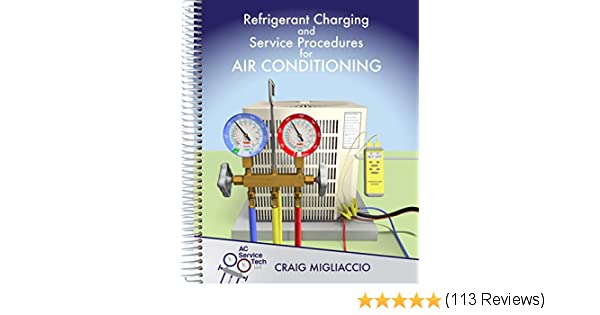So, you’ve passed all of the HVAC courses and you’ve got the certificates to legally do HVAC work. Welcome aboard! Now, lets get you decked out with the best HVAC tools for new technicians. Despite what the “super-techs” say, you don’t need $10,000 worth of fancy HVAC tools to be a great HVAC technician. You can get the job done just as good with gear that’s around $1,000 or less.
HVAC Tools
A meter is one of the most important HVAC tools in my opinion. I get calls all the time from techs trying to troubleshoot an issue and when I ask for voltage numbers, they say that they don’t know because they don’t have a meter. Folks, not having a meter makes you a parts changer. So, get a dang meter before you get anything else!
While I do love my TESTO 557 digital gauges, they aren’t necessary to do a good job. Analogue gauges will get the job done and will help you understand what’s going on in the system. After a couple of years with analogue gauges you can graduate to digital refrigerant gauges.
It’s not if you run across a low voltage short, it’s when! And, there are many ways to approach them. Me, I like to use my Short Pro Tool on low voltage shorts. Here’s a video of me using mine out in the field on a real work order. I like easy money and the Short Pro Tool only has one light to look at. When the light is on, you’ve still got a short. When the light goes off and the unit turns on, the short is fixed. Easy money!
I’ve got another easy money tool for you! The Supco M500 Megohmmeter will give you answers with the push of one red button. Can’t get any easier than that! You can use it to quickly and easily see if compressors and fan motors are bad. Here’s a video of me using mine out in the field.
Superheat, subcool, wetbulb, and drybulb. Make sure you know what these are. If not, stop right now and go learn them. You’re not ready until you do. You will be using this simple psychrometer made by FieldPiece to give you the numbers you’ll need. Below are a couple of videos explaining superheat and wetbulb/drybulb.
Click here for superheat video
Click here for wetbulb/drybulb video
You’ll need a pipe clamp and a temperature meter so that you can get superheat and subcool readings. This ST4 meter made by FieldPiece has been great. I’ve used the same one for the last 6 years and it’s still going strong.
Don’t forget to get a pipe clamp to go with your ST4 meter.
You’ll need a ratcheting wrench for the service valves. When you start getting into repairing refrigerant leaks or replacing air handler coils, you’ll need to close service valves for a pump down. Or, you’ll need to open the service valves on a new install. This wrench makes the job easy peazy.
There’s no better feeling than rolling up on a unit that has a low refrigerant charge only to find that the valve core is leaking. Easy fix! And, an easy fix equals easy money. All you’ll need is the Appion valve core removal tool to tighten the valve core or to remove it and screw in a new one.
The gallo gun is a fun HVAC tool. When you roll up on a clogged drain line, pull this baby out, slap in a Co2 cartridge and blast that slimy gunk out of the pipe and all over the ground outside. Here’s a YouTube video of me using mine out in the field.
I use this infrared temperature gun because it’s better than just sticking my hand up to a supply vent and guessing. I don’t really use this tool for any serious calculations. I just like getting a ballpark temperature coming out of the supply vents. Plus, residents like to see hard proof that you fixed their air conditioner. So, you can show them the screen saying, ” 53 degrees” after you shoot your temperature gun at the supply vent.
And last but not least, the BEST HVAC book to keep in the truck for when you run up on a head smasher. I don’t care if you’re a veteran or a newbie in the HVAC field. You will find value in this book. It was written by a technician and not an engineer. So, everyone can understand it. If you combine this book with Craig’s YouTube channel, your HVAC skills will double in 3 months.
So there you have it. I’m confident that you can start your HVAC empire with these tools. However, I do encourage you to grow into the fancy expensive tools that make the job easier and more fun. But, you don’t need them right away as you’re starting out. Slowly collect them over the years. Also, I think you noticed that I don’t have a vacuum pump, leak detector, pipe swager, torch, recovery machine, and a micron gauge. That’s because I believe the company or property you work for should provide that expensive equipment for you. But, if you’d like to own those items as well, then feel free! I just think anything that’s not a basic hand tool should be provided to you by the company. Of course that’s just my opinion.
Disclaimer: Lex Vance is a participant in the Amazon Services LLC Associates Program, an affiliate advertising program designed to provide a means for sites to earn advertising fees by advertising and linking to amazon.com.
This page contains affiliate links, which means that if you click on a link and make a purchase, I’ll receive a small commission at no extra cost to you. Thank you so much for supporting dirty maintenance nation!
Related Blog Posts
Tools That Maintenance Techs Can Do Most Work Orders With – link
Tools That Will Earn Maintenance Techs Easy Money – link
Great Tools for New Maintenance Technicians – link

